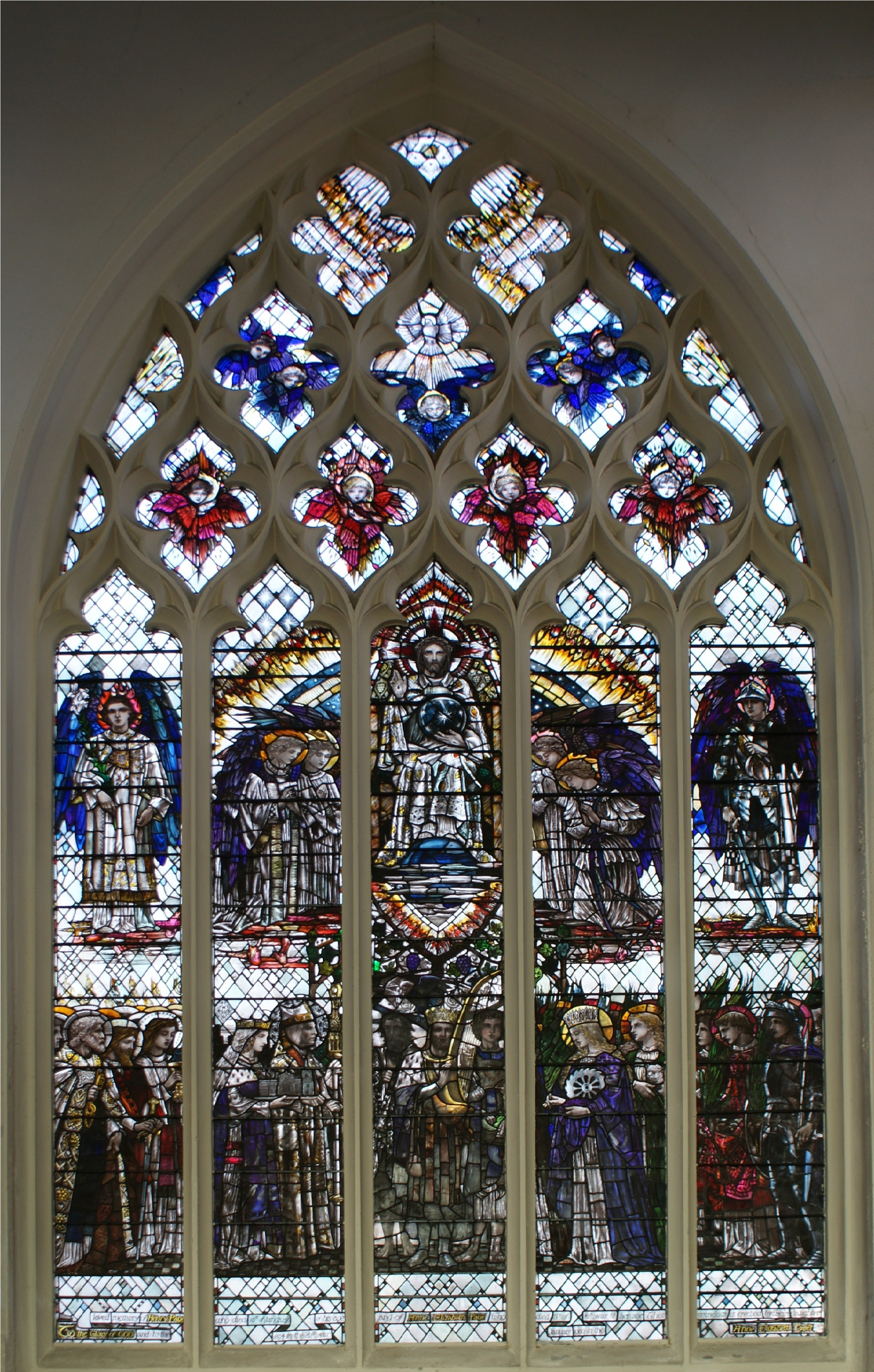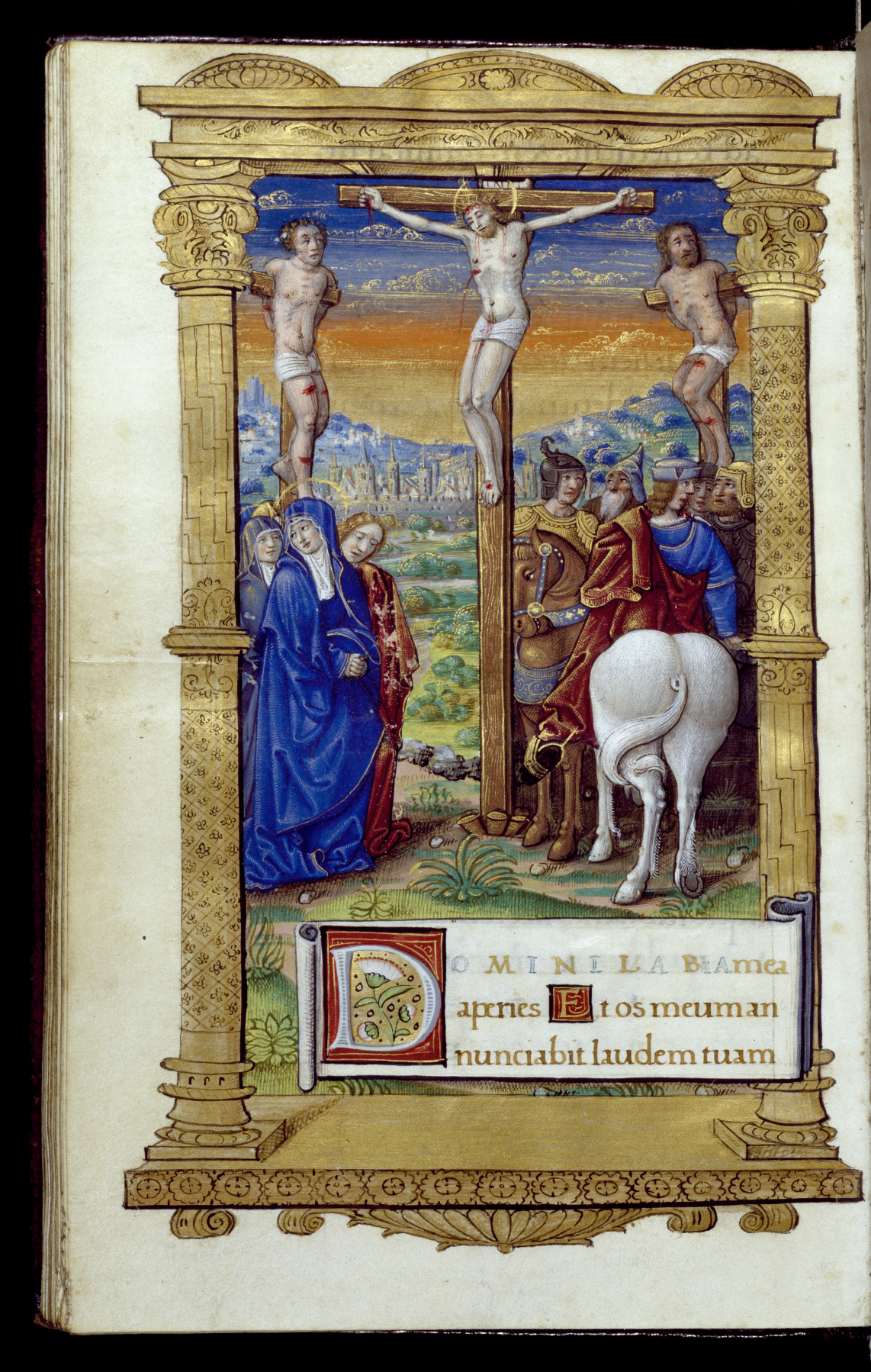|
Reform Of The Roman Breviary By Pope Pius X
The reform of the Roman Breviary by Pope Pius X was promulgated by that Pope with the apostolic constitution '' Divino afflatu'' of 1 November 1911. The Roman Breviary is the title of the book obligatorily used for celebrating the Roman Rite Divine Office from the revision of Pope Pius V (apostolic constitution '' Quod a nobis'', 9 July 1568) to that by Pope Paul VI (apostolic constitution '' Laudis canticum'', 1 November 1970). Changes A minor matter was the printing in a separate section, called the Ordinary, of those parts of the Psalter that were to be recited frequently, perhaps several times in the same day, such as the invitatory, hymns for the seasons, blessings, absolutions, chapters, suffrages, the Lord's Prayer, Benedictus, Magnificat, Te Deum, etc.{{Cite web , title=CATHOLIC ENCYCLOPEDIA: Reform of the Roman Breviary , url=https://www.newadvent.org/cathen/16013a.htm , access-date=2023-06-25 , website=www.newadvent.org Much more radical was a completely new arr ... [...More Info...] [...Related Items...] OR: [Wikipedia] [Google] [Baidu] |
Promulgation (Catholic Canon Law)
In Catholic canon law, promulgation is the publication of a law by which it is made known publicly, and is required by canon law for the law to obtain legal effect. Universal laws are promulgated when they are published in ''Acta Apostolicae Sedis'', and unless specified to the contrary, obtain legal force three months after promulgation.Canon 8 §1, 1983 Code of Canon Law Particular laws are promulgated in various ways but by default take effect one month after promulgation.Canon 8 §2, 1983 Code of Canon Law Definition and nature Promulgation is the act by which the legislator manifests to those subject to his jurisdiction the decision that he has made and makes known to them his intention to bind them to the observance of his law.Metz, René. ''What is Canon Law?'', pg. 41. Without having been promulgated, the canonical law in question has no legal effect, since promulgation is "an essential factor of legislation" and "an absolute condition for the effectiveness of a law". ... [...More Info...] [...Related Items...] OR: [Wikipedia] [Google] [Baidu] |
Te Deum
The ( or , ; from its incipit, ) is a Latin Christian hymn traditionally ascribed to a date before AD 500, but perhaps with antecedents that place it much earlier. It is central to the Ambrosian hymnal, which spread throughout the Latin Church with other parts of the Ambrosian Rite of Milan in the 6th to 8th centuries. It is sometimes known as the Ambrosian Hymn, although authorship by Saint Ambrose is unlikely. The term can also refer to a short religious service (of blessing or thanks) that is based upon the hymn. It continues in use in many contexts by several denominations. In particular it is the core of a short church service of thanksgiving held, often at short notice, to celebrate good news such as a military victory, the signing of a peace treaty, or the birth of a royal child. History Authorship of the hymn is traditionally ascribed to Saint Ambrose (died 397) or Saint Augustine (died 430). In 19th-century scholarship, Saint Hilary of Poitiers (died 367) ... [...More Info...] [...Related Items...] OR: [Wikipedia] [Google] [Baidu] |
Antiphon
An antiphon ( Greek ἀντίφωνον, ἀντί "opposite" and φωνή "voice") is a short chant in Christian ritual, sung as a refrain. The texts of antiphons are usually taken from the Psalms or Scripture, but may also be freely composed. Their form was favored by St Ambrose and they feature prominently in Ambrosian chant, but they are used widely in Gregorian chant as well. They may be used during Mass, for the Introit, the Offertory or the Communion. They may also be used in the Liturgy of the Hours, typically for Lauds or Vespers. They should not be confused with Marian antiphons or processional antiphons. When a chant consists of alternating verses (usually sung by a cantor) and responses (usually sung by the congregation), a refrain is needed. The looser term antiphony is generally used for any call and response style of singing, such as the kirtan or the sea shanty and other work songs, and songs and worship in African and African-American cultu ... [...More Info...] [...Related Items...] OR: [Wikipedia] [Google] [Baidu] |
Common (liturgy)
The common or common of saints (Latin: ''commune sanctorum'') is a part of the Christian liturgy that consists of texts common to an entire category of saints, such as apostles or martyrs. The term is used in contrast to the '' ordinary'', which is that part of the liturgy that is reasonably constant, or at least selected without regard to date, and to the '' proper'', which is the part of the liturgy that varies according to the date, either representing an observance within the liturgical year, or of a particular saint or significant event. Commons contain collects, psalm The Book of Psalms ( , ; ; ; ; , in Islam also called Zabur, ), also known as the Psalter, is the first book of the third section of the Tanakh (Hebrew Bible) called ('Writings'), and a book of the Old Testament. The book is an anthology of H ...s, readings from scripture, prefaces, and other portions of services that are common to a category of saints.Donald S. Armentrout, Robert Boak Slocum, eds. (200 ... [...More Info...] [...Related Items...] OR: [Wikipedia] [Google] [Baidu] |
Proper (liturgy)
The proper (Latin: ''proprium'') is a part of the Christian liturgy that varies according to the date, either representing an observance within the liturgical year, or of a particular saint or significant event. The term is used in contrast to the '' ordinary'', which is that part of the liturgy that is reasonably constant, or at least selected without regard to date, or to the ''common'', which contains those parts of the liturgy that are common to an entire category of saints, such as apostles or martyrs. Propers may include hymns and prayers in the canonical hours and in the Eucharist. West The proper of the Mass, strictly speaking, consists of the Introit, Gradual, Alleluia or Tract, Sequence In mathematics, a sequence is an enumerated collection of objects in which repetitions are allowed and order matters. Like a set, it contains members (also called ''elements'', or ''terms''). The number of elements (possibly infinite) is cal ..., Offertory, and Communion – ... [...More Info...] [...Related Items...] OR: [Wikipedia] [Google] [Baidu] |
Holy Week
Holy Week () commemorates the seven days leading up to Easter. It begins with the commemoration of Triumphal entry into Jerusalem, Christ's triumphal entry into Jerusalem on Palm Sunday, marks the betrayal of Jesus on Spy Wednesday (Holy Wednesday), climaxing with the commemoration of the Last Supper on Maundy Thursday (Holy Thursday) and the Passion of Jesus on Good Friday (Holy Friday). Holy Week concludes with Christ's Crucifixion of Jesus, death and Harrowing of Hell, descent into hell on Holy Saturday. For all Christian traditions, it is a Moveable feast, moveable observance. In Eastern Christianity, which also calls it Great Week, it is the week following Great Lent and Lazarus Saturday, starting on the evening of Palm Sunday and concluding on the evening of Holy Saturday, Great Saturday. In Western Christianity, Holy Week is the sixth and last week of Lent, beginning with Palm Sunday and concluding on Holy Saturday. Christians believe that Jesus rested in death from the n ... [...More Info...] [...Related Items...] OR: [Wikipedia] [Google] [Baidu] |
Pentecost
Pentecost (also called Whit Sunday, Whitsunday or Whitsun) is a Christianity, Christian holiday which takes place on the 49th day (50th day when inclusive counting is used) after Easter Day, Easter. It commemorates the descent of the Holy Spirit in Christianity, Holy Spirit upon the Apostles in the New Testament, Apostles of Jesus, Mary, mother of Jesus, Mary, and other followers of the Christ, while they were in Jerusalem during the Second Temple Period, Jerusalem celebrating the Feast of Weeks, as described in the Acts of the Apostles (Acts 2:1–31). Pentecost marks the "Birthday of the Church". Pentecost is one of the Great feasts in the Eastern Orthodox Church, a Solemnity in the Roman Rite of the Catholic Church, a Liturgical calendar (Lutheran)#Festivals, Festival in the Lutheranism, Lutheran Churches, and a Principal Feast in the Anglican Communion. Many Christian denominations provide a special liturgy for this holy celebration. Since its date depends on the date of Eas ... [...More Info...] [...Related Items...] OR: [Wikipedia] [Google] [Baidu] |
None (liturgy)
None ("Ninth"), also known as Nones, the Ninth Hour, or the Midafternoon Prayer, is a fixed time of prayer of the Divine Office of almost all the traditional Christian liturgies. It consists mainly of psalms and is said around 3 pm (15:00), about the ninth hour after dawn. In the Roman Rite, None is one of " Little Hours". In the Oriental Orthodox Churches, such as the Coptic Orthodox Church, Ethiopian Orthodox Church and Indian Orthodox Church, it is one of the seven fixed prayer times to be recited by all Christians. History Origin According to an Ancient Greek and Roman custom, the day was, like the night, divided into four parts, each consisting of three hours. Among the ancients the hour of None was regarded as the close of the day's business and the time for the baths and supper. This division of the day was in vogue also among the Jews, from whom the Church borrowed it. In addition to Morning and Evening Prayer to accompany the sacrifices, there was prayer at the Third, ... [...More Info...] [...Related Items...] OR: [Wikipedia] [Google] [Baidu] |
Lauds
Lauds is a canonical hour of the Divine office. In the Roman Rite Liturgy of the Hours it is one of the major hours, usually held after Matins, in the early morning hours (between 3:00:00 and 5:59:59). Name The name is derived from the three last psalms of the psalter (148, 149, 150), the Laudate psalms, which in former versions of the Lauds of the Roman Rite occurred every day, and in all of which the word ''laudate'' is repeated frequently. At first, the word ''Lauds'' designated only the end, that is to say, these three psalms. Over time, ''Lauds'' came to be applied to the whole office. History Lauds, or the morning prayer or Office of Aurora, is one of the most ancient offices and can be traced back to Apostolic times. The earliest evidence of Lauds appears in the second and third centuries in the Canons of Hippolytus and in writings by St. Cyprian, and the Apostolic Fathers. Descriptions during the fourth and fifth centuries appear in writings by Ss. John Cassian, Me ... [...More Info...] [...Related Items...] OR: [Wikipedia] [Google] [Baidu] |
Vigil
A vigil, from the Latin meaning 'wakefulness' ( Greek: , or ), is a period of purposeful sleeplessness, an occasion for devotional watching, or an observance. The Italian word has become generalized in this sense and means 'eve' (as in "on the eve of the war"). Eves of religious celebrations A vigil may be held on the eve of a major religious festival ( feast days), observed by remaining awake—"watchful"—as a devotional exercise or ritual observance on the eve of a holy day. Such liturgical vigils usually consist of psalms, prayers and hymns, possibly a sermon or readings from the Holy Fathers, and sometimes periods of silent meditation. The term "morning" means that the observance begins on the evening before. In traditional Christianity, the celebration of liturgical feasts begins on the evening before the holy day because the Early Church continued the Jewish practice of beginning the day at sunset rather than midnight. Most likely the best known vigil ... [...More Info...] [...Related Items...] OR: [Wikipedia] [Google] [Baidu] |
Corpus Christi (feast)
The Feast of Corpus Christi (), also known as the Solemnity of the Most Holy Body and Blood of Christ, is a liturgical solemnity celebrating the real presence of Christ in the Eucharist; the feast is observed by the Latin Church, in addition to certain Western Rite Orthodoxy, Western Orthodox, Lutheran, and Anglican churches. Two months earlier, the institution of the Eucharist at the Last Supper is observed on Maundy Thursday in a sombre atmosphere leading to Good Friday. The liturgy on that day also commemorates Christ's washing of the disciples' feet, the institution of the priesthood, and the agony in the Garden of Gethsemane. The feast of Corpus Christi was proposed by Thomas Aquinas, Doctor of the Church, to Pope Urban IV, in order to create a feast focused solely on the Holy Eucharist, emphasizing the joy of the Eucharist being the Body and Blood, Soul and Divinity of Jesus Christ. Having recognized in 1264 the authenticity of the Corporal of Bolsena, Eucharistic Miracle ... [...More Info...] [...Related Items...] OR: [Wikipedia] [Google] [Baidu] |
Ascension Of Jesus Christ
The Ascension of Jesus (anglicized from the Vulgate ) is the Christian and Islamic belief that Jesus ascended to Heaven. Christian doctrine, as reflected in the major Christian creeds and confessional statements, holds that Jesus ascended after his resurrection, where he was exalted as Lord and Christ, sitting at the right hand of God. Islamic doctrine holds that Jesus directly ascended to heaven without dying or resurrecting. The Gospels and other New Testament writings imply resurrection and exaltation as a single event. The ascension is "more assumed than described," and only Luke and Acts contain direct accounts of it, but with different chronologies. In Christian art, the ascending Jesus is often shown blessing an earthly group below him, signifying the entire Church. The Feast of the Ascension is celebrated on the 40th day of Easter, always a Thursday; some Orthodox traditions have a different calendar up to a month later than in the Western tradition. The Lutheran ... [...More Info...] [...Related Items...] OR: [Wikipedia] [Google] [Baidu] |






